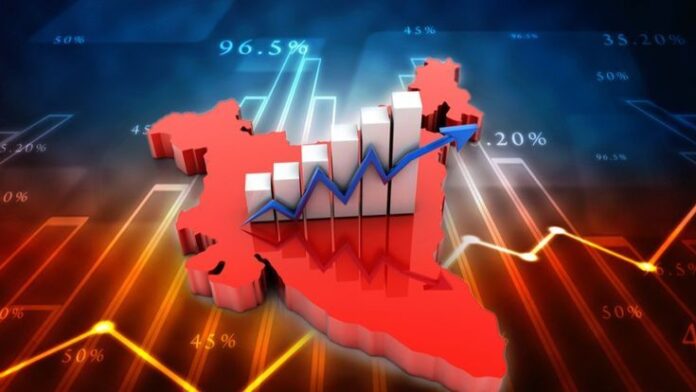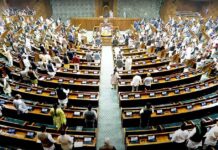India has emerged as the fourth most equal country in the world, according to a new World Bank report that marks a decade of major shifts in poverty reduction and income distribution. The report, as covered by Moneycontrol, places India just behind the Slovak Republic, Slovenia, and Belarus, and well ahead of global economic giants such as the United States, China, and the United Kingdom.
At the centre of the findings is the Gini Index, a standard international measure of income inequality. A Gini score of 0 indicates perfect equality, while 100 denotes extreme inequality. India’s Gini Index now stands at 25.5, down from 28.8 in 2011-12, placing it firmly in the ‘moderately low inequality’ category, alongside countries like Norway and Finland.
In contrast, China’s Gini Index is 35.7, while the United States scores a much higher 41.8, underscoring India’s growing success in bridging income gaps.
One of the most striking metrics in the report is the decline in extreme poverty, defined as living on less than $2.15 per day. India saw a dramatic drop in this category, from 16.2% in 2011-12 to just 2.3% in 2022-23, effectively lifting 171 million people out of extreme poverty. This included a fall in rural poverty from 18.4% to 2.8%, and in urban areas from 10.7% to 1.1%, closing the rural-urban gap from 7.7 to 1.7 percentage points.
The progress has been significantly driven by five populous states, Uttar Pradesh, Maharashtra, Bihar, West Bengal, and Madhya Pradesh, which, while accounting for 65% of India’s extreme poor in 2011-12, also contributed to two-thirds of the national poverty reduction by 2022-23.
Beyond income-based measures, multidimensional poverty, covering health, education, and living standards, has also dropped. The Multidimensional Poverty Index (MPI) fell from 53.8% in 2005-06 to 15.5% in 2022-23, supported in part by large-scale government schemes like Pradhan Mantri Jan Dhan Yojana, Direct Benefit Transfer (DBT) programmes, and Stand-Up India.
However, the report doesn’t gloss over ongoing challenges. The formal employment sector remains limited. Only 23% of non-farm paid jobs are formal, and most agricultural work remains informal. Self-employment is rising, particularly among rural women, yet female employment still stands at just 31%, with 234 million more men in paid jobs than women.
Youth unemployment continues to be an area of concern, at 13.3% overall, and nearly 29% among graduates.
India’s transition to a lower-middle-income economy is also reflected in revised poverty thresholds. When applying a higher benchmark of $3.65 per day, poverty declined from 61.8% to 28.1%, translating into 378 million more people lifted out of poverty over the last decade. Updated lines set poverty rates at 5.3% (extreme) and 23.9% (low-middle income) as of 2022-23.
Despite the challenges, job growth since 2021 has shown promise. Urban unemployment has dropped to 6.6% in Q1 FY25, the lowest since FY18. Migration of men from rural to urban areas, which had stalled during the pandemic, has resumed, while female participation in rural agriculture has increased.
The World Bank report acknowledges that while India still has work to do in closing gender gaps, formalising employment, and reducing youth joblessness, its trajectory places it among a select group of 30 nations with moderately low income inequality. These include economic leaders such as Iceland, Belgium, and Slovenia.
As India edges closer to joining the world’s ‘low inequality’ category, the big picture suggests a country in transition, one where economic growth is increasingly inclusive, and where policy interventions are beginning to reshape outcomes for millions.





